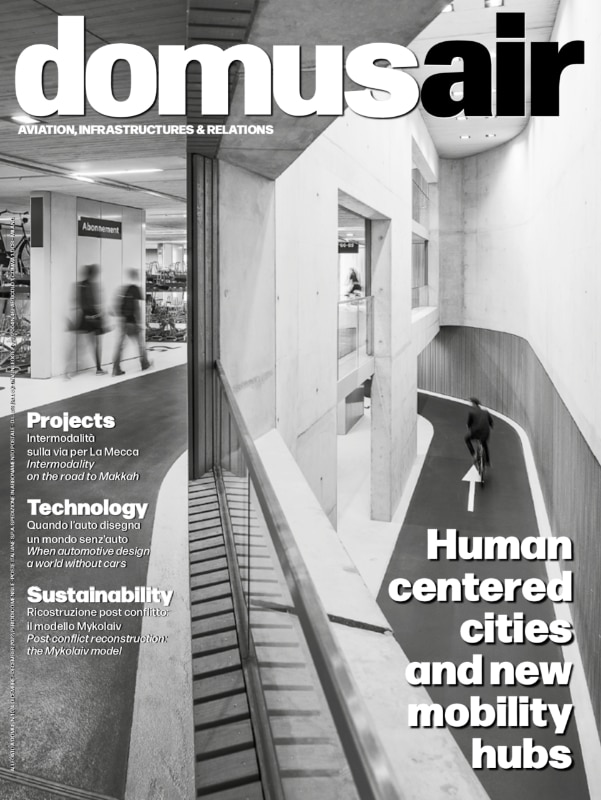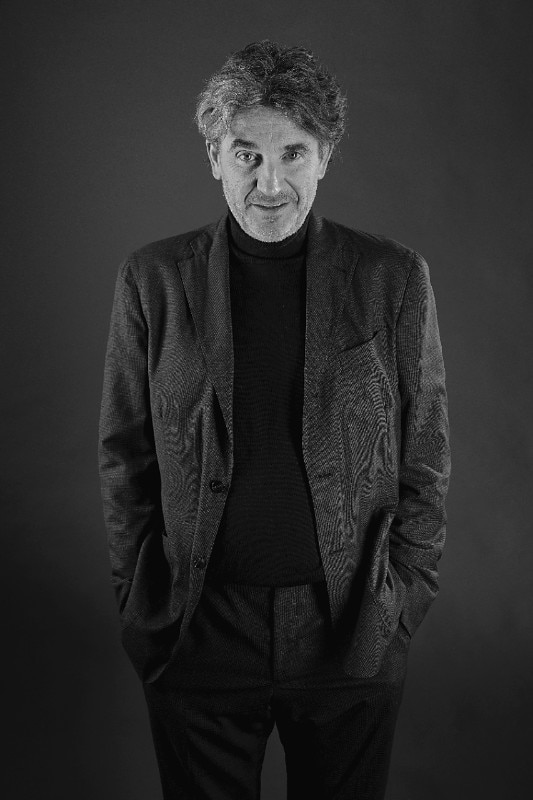“Of all these places, the ones that interest me most have the curious property of being related to all other places, but in a way that allows them to suspend, neutralize and reverse the set of relationships that are themselves delineated, reflected, and mirrored by them.”
It was 1992 when French sociologist Marc Augé came to the world’s attention by theorizing about “nonplaces,” all those non-identity, relational and historical spaces that contrasted with anthropological places. Most among them, were the entities now investigated by DomusAir, such as the structures necessary for the movement of people and goods (airports, highways, intermodal nodes), means of transportation, large shopping, and new distribution centers.
In fact, many things have changed since then. Not so much because Augé’s theory, which took up an intuition of Michel Foucault – heterotopia – showed different fragilities, among which the main one was perhaps that it insisted on the denial of the concept of place without providing an autonomous interpretation. Rather because while non-places have developed in their evolution all those functions and dimensions that Augé denied them, the traditional places of the anthropological tradition have lost them, in a process of slow but fluid erosion. Thus, today the place/non-place distinction is increasingly blurred, labile, intangible, but an obvious dimension in which old and new, past, and future, stakeholders, needs, desires intersect.
Non-places remain the nodes and networks of a borderless world that is searching for a soul and a center of gravity that is as permanent as possible.

This is not enough. Today the old nonplaces are also distant even from the metaphor of a Middle Earth that welcomes the lost traveler only to transform his humanity into consumption according to the diktat of globalization. Also, because perhaps today it would be more correct to speak of deglobalization, driven by geopolitical but especially financial dynamics. The blockchain, NFTs, digital currencies.
Today, the space-time fluidity that is at the heart of our time and makes the boundaries of associated living indistinct paradoxically finds in former non-place dimensions that convey meaning to it. Perhaps not of familiarity and security but certainly of identity. Not least because they now possess all the characteristics that Augé attributed to surmodernity, that is, our time. First, excess of time: present temporality is crowded with events. Then excess of space: the world expands its settled horizons and ever greater degrees are cities, mobility, population transfers and multiplication of installations and means for mobility and circulation. Finally, an excess of individualism: because the epidemic of global references imposes a personal, subjective, unique path.
Non-places remain the nodes and networks of a borderless world that is searching for a soul and a center of gravity that is as permanent as possible. Or at least we try to tell the story.



